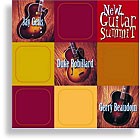
The great stuff continues to flow from Duke Robillard. The man makes great solo records, produces records, and makes special appearances, always adding great parts to records for friends everywhere. Here is more of the same. Yes, he gets equal billing, and deservedly so, with Jay Geils, and Gerry Beaudoin. But you gotta wonder, when does this man rest?
If you want to characterize this set, just say relaxed, bluesy swing. It’s no surprise that Duke shines playing this stuff. And Gerry shows off his considerable chops to a little larger audience here so they can see his talents. But, for a lot of folks, the surprise might be the playing of Jay Geils. He is synonymous with the rock band fronted by Peter Wolf that scored lots of hits, and called itself by his first initial and last name. Their rep was that of a party band, mixing rock and raucous R&B. Here, Geils lets his musical passion for jazz shine through. Usually setting the pace by taking the first solo, or laying down the melody, Geils’ playing is nothing short of fabulous. He shows a wonderful sense of swing and a glorious feel for the bluesy jazz that dominates the set.
The title of this record fits everything that you’ll hear in the grooves(yes, I know they’re not grooves on CDs, but, I’m old, so give me a break). There’s also a fabulous live video of the boys that plays when you put the disc in your computer. A fine bonus. It is indeed a new guitar summit, and one I hope we hear lots more from. Nothing earth shattering, but as solid and fun a performance as you’re likely to hear this year.
This article originally appeared in VG‘s Dec. ’04 issue. All copyrights are by the author and Vintage Guitar magazine. Unauthorized replication or use is strictly prohibited.

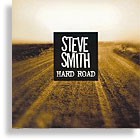
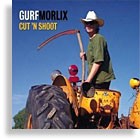
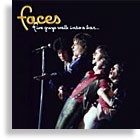
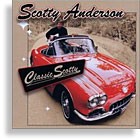
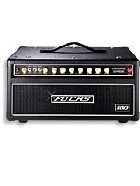
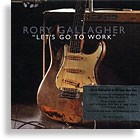
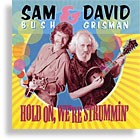
.jpg)